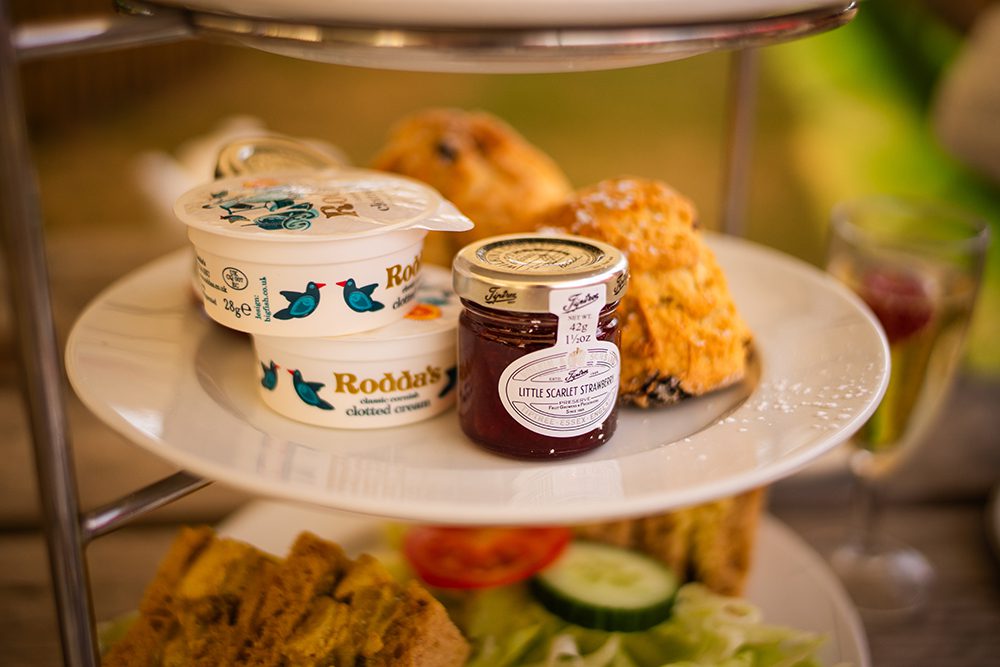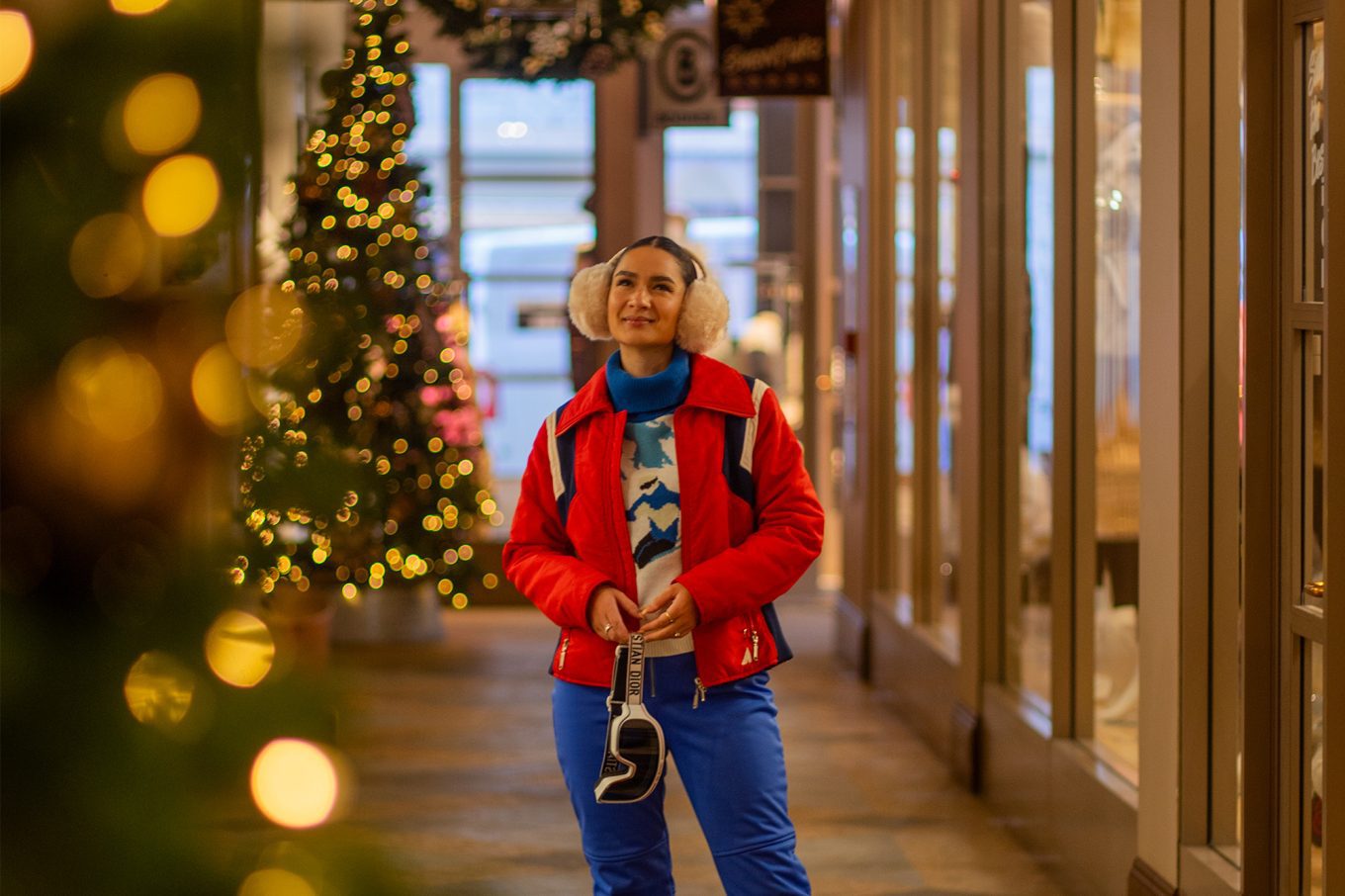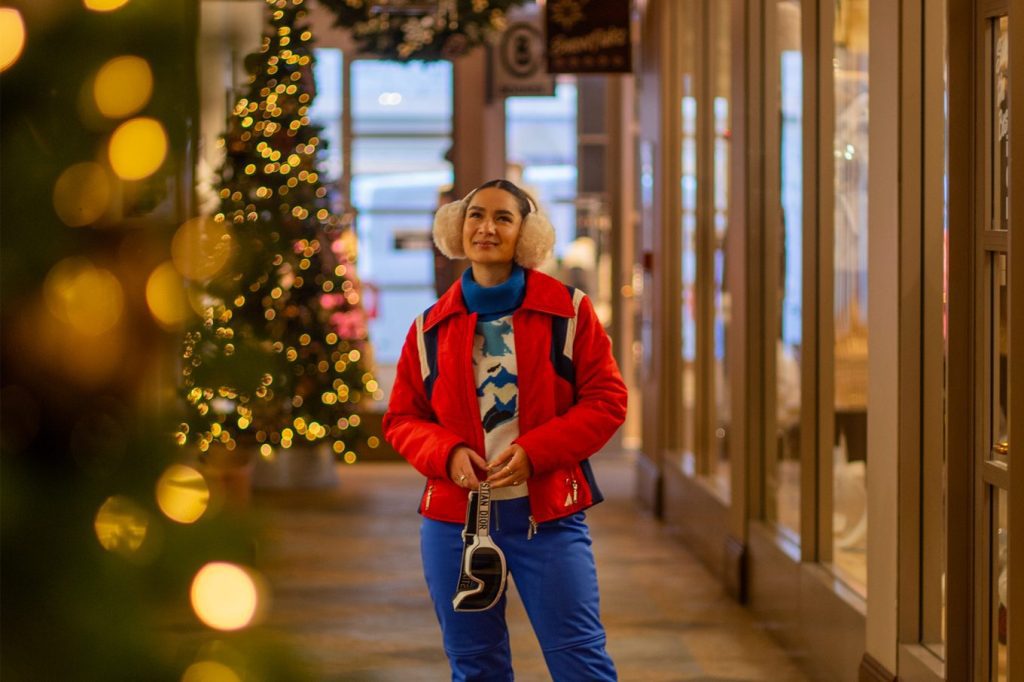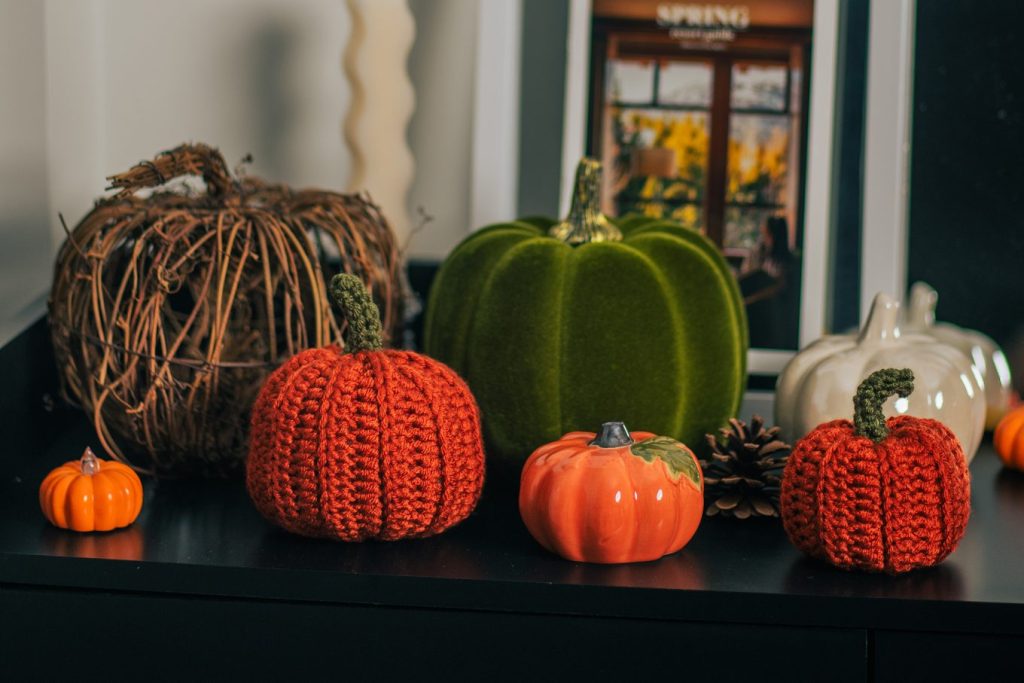In this list of 10 free museums and galleries to visit in London I’ll be sharing where you can find each one, what you can expect to see there and why you should make the effort to go.
Visiting London doesn’t have to be as expensive as one might think. A cultural trip on a budget is entirely achievable as so many, if not most, of London’s public galleries and world-renowned museums are free to visit.
Bring a sketch book or a camera, get your creative juices flowing, sit and soak it in. Question everything and nothing at all, make notes. Bring a date, go alone or suggest a school trip? Study perspective, gain a new one, love what you like and learn what you don’t. Bee-line for your favourite artwork, get lost in others. Get close but not too close. Laugh at some, cry at others, feel the emotions of the person who created it, feel even deeper for the person in it. Celebrate our triumphs and hold accountability for our mistakes. Learn something new, forget it in time and visit again – for free.
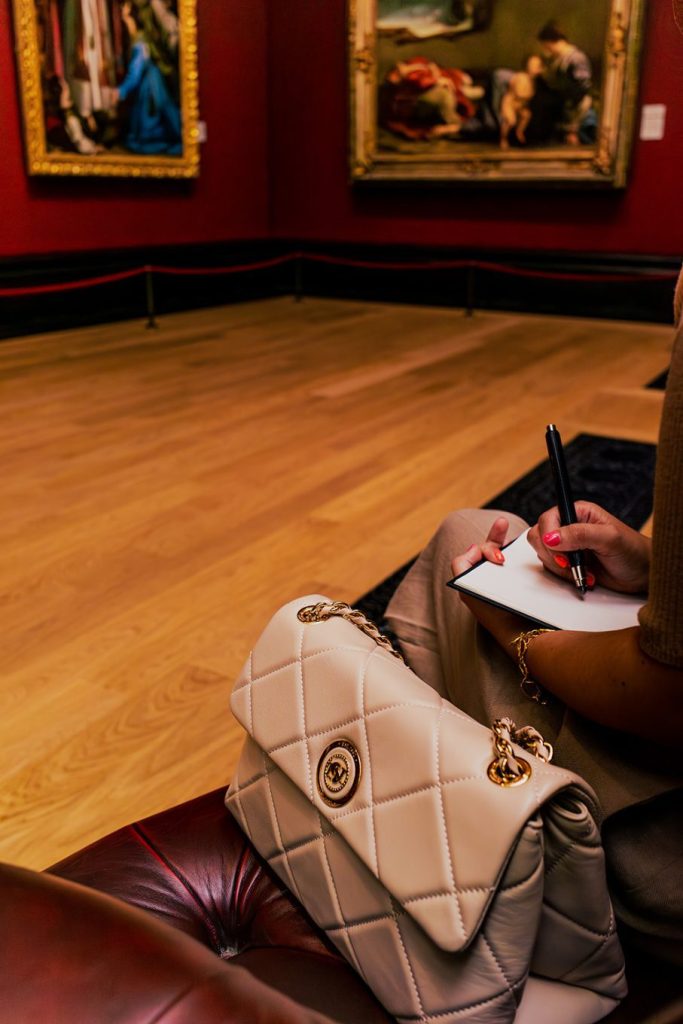
According to museums.eu 6 of the top 20 most visited museums in the world are located in England and all six of them are in this list of top 10 free museums and galleries to visit in London.
One of the most gorgeous things about living or visiting London is the amount of galleries and museums that you can visit for free. Unlike Paris where you have to be an EU citizen under 26 years old to visit for free or anywhere in the US or Canada where you have to pay for everything, London celebrates the arts like no where else I’ve been and encourages you to visit often.
You don’t have to be from the UK – or Europe – or under/over a certain age to visit these 10 museums and galleries in London for free. Perhaps it’s because the British Empire stole most of what’s on display… (you bet I went there) either way, the contents are for the people and I for one am very grateful that we can all enjoy the works of art and artefacts without paying for a ticket to enter.
Here’s my top 10 free museums and galleries to visit in London:
1. Victoria and Albert Museum
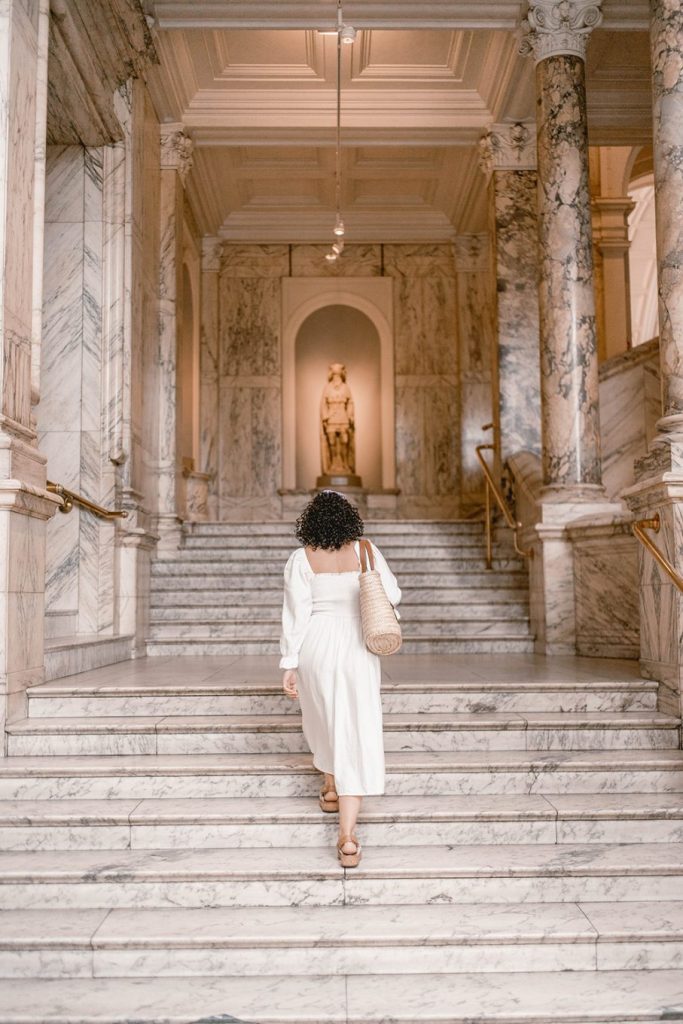
Where is the V&A located in London?
The V&A is located on Cromwell Road in South Kensington, West London. You can find it right next door to the Science Museum and the Natural History Museum.
The closest tube station to the V&A is South Kensington on the Circle, District and Piccadilly line and is about a 5 minute walk.
The entrance on Exhibition Road is step-free and wheelchair accessible.
How to get free entry to the V&A
No ticket booking or timed entry is required to get into the V&A. Simply walk on in via their grand entrance on Cromwell Road or through the side on Exhibition Road.
What is there to see in the V&A?
The V&A is my most favourite museum in the world, it also happens to be the world’s largest museum of applied and decorative arts and design. Explore over seven miles of galleries displaying over 2.8 million objects from over 5,000 years of history including sculpture, architecture, fashion, textiles, painting and so (emphasis on the so) much more. It’s incredible that the V&A is a free museum to visit in London.
Centuries of art and design fill the galleries at the Victoria and Albert Museum and come from all over the world. Explore ancient Egypt, China and Islamic Middle East, learn about costume, furniture, gender & sexuality, photography and books. Study work in different materials and techniques like tile, metal, stained glass, knit and watercolour or perhaps it’s the periods such as Surrealism, Neoclassicism, Renaissance, Rococo or Chinoiserie that takes your fancy.
There is something for everyone who can appreciate the arts and for those who don’t yet, this is the best place to start.
Always keep an eye out on the schedule of their featured exhibitions too. These do require ticketed entrance but are, hands down, some of the best exhibitions you will ever visit. Some of my past favourites include The Supremes, Hollywood Costume and my personal favourite, the outfits and costumes worn by the late Princess of Monaco, Grace Kelly.
The V&A was founded in 1852 and named after Queen Victoria and Prince Albert.
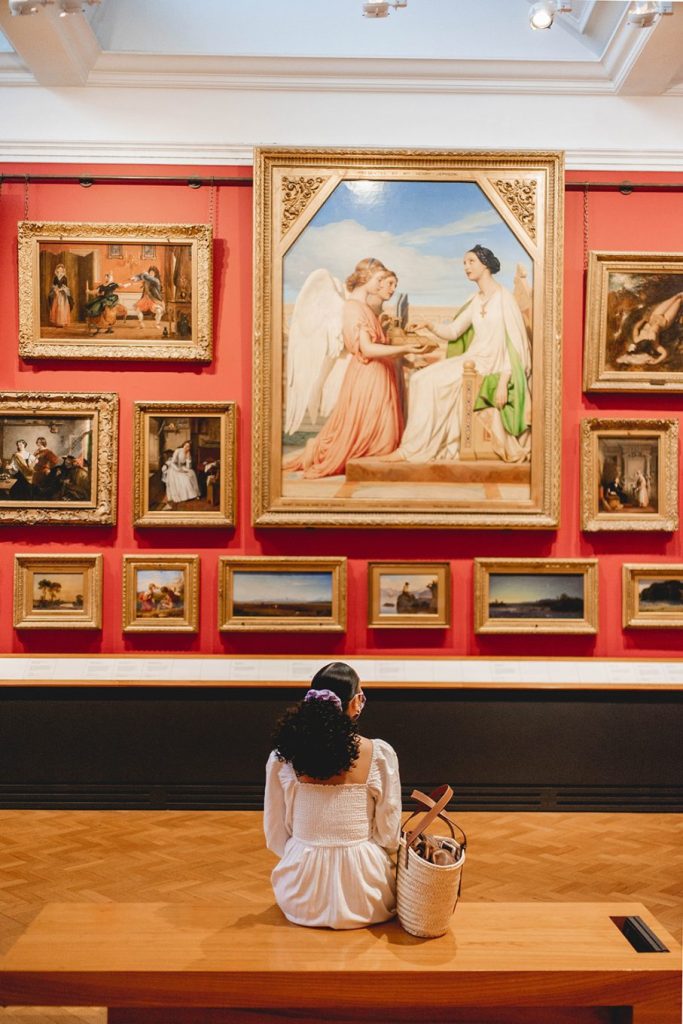
2. Natural History Museum
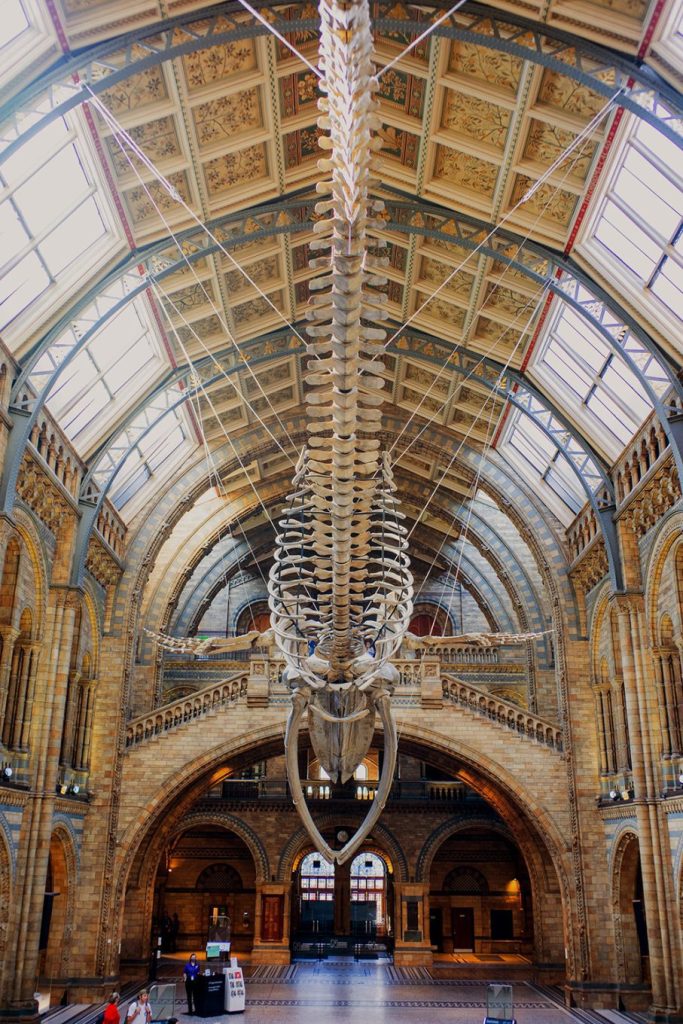
Where is the Natural History Museum located in London?
The Natural History Museum is located on Cromwell Road in South Kensington, West London. You can find it right next door to the Science Museum. The Natural History Museum can also be entered from the side entrance on Exhibition Road opposite the V&A.
The closest tube station to the Natural History Museum is South Kensington on the Circle, District and Piccadilly line and is about a 4 minute walk.
The main entrance on Cromwell Road is step-free and wheelchair accessible with a ramp and there’s a lift from the entrance lobby to the galleries to avoid the escalators.
How to get free entry to the Natural History Museum
To get free entry into the permanent exhibitions in the Natural History Museum you need to book a free ticket online here. You must pick an entry time but you can stay until closing once you’re inside. Entry times can be booked every quarter of the hour from opening to closing. Tickets can be booked in advance within the calendar year.
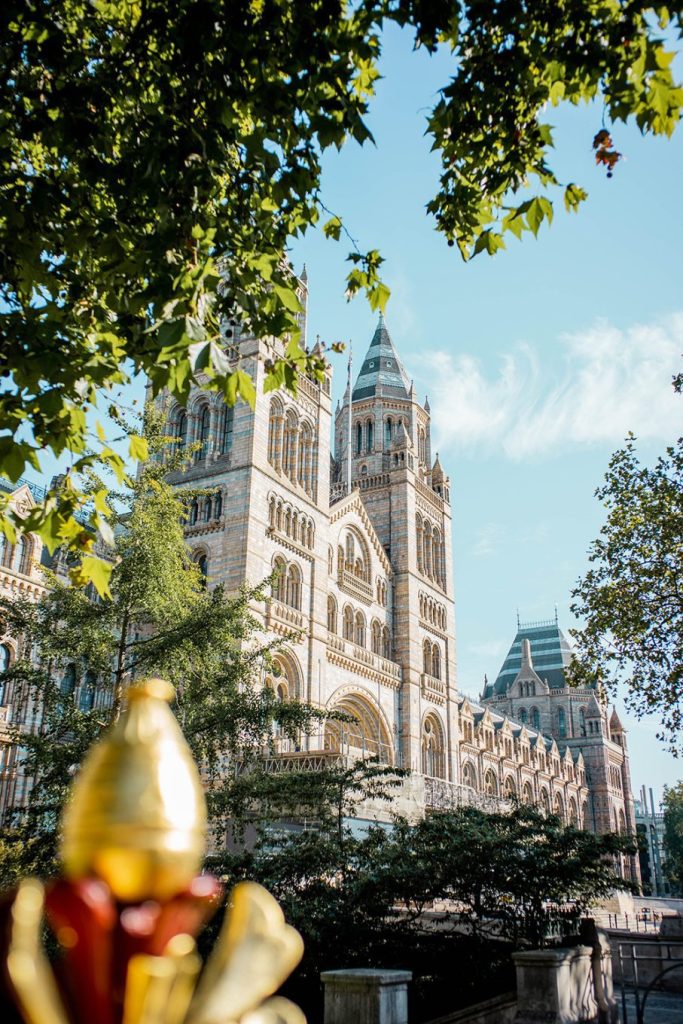
What is there to see in the Natural History Museum?
Enter the NHM in London and journey through 4.5 billion years of natural history. Explore space, oceans, dinosaurs, wildlife and human evolution all under one very beautiful 150-year-old roof.
Of all the museums on this list of free museums and galleries to visit in London, the Natural History Museum is the most fascinating, immersive and mind-blowing to visit.
Without a doubt the best and most spectacular thing to see in the Natural History Museum is Hope, the 25-metre-long skeleton of a female Blue Whale (largest mammals on Earth) that is suspended from the ceiling of the beautiful Hintze Hall.
In the Earth Hall (the lobby at the main entrance before you enter the galleries) stands Sophie, the most intact Stegosaurus fossil skeleton ever found. She’s three metres tall, almost six metres long and looks every bit as menacing as you’d expect.
Learn about volcanoes and earthquakes whilst experiencing an earthquake simulator. Learn about the methods we use to prevent damage against earthquakes around the world, see objects melted by lava and be humbled by casts of victims from the Mount Vesuvius eruption in AD 79.
See the incredible 4.5 billion years old Imilac meteorite. This rock dates back to the beginning of our solar system. Mind. Blown.
One of my personal favourites is to pay a visit to one of the only skeletal remains of the Dodo, the national bird of my beautiful Mauritius. The Dodo was only native to the island of Mauritius and sadly after thousands of years of existence they went extinct in the 1600s due to human interference.
There’s so much to see and learn at the Natural History Museum, it’s truly incredible that we get to see it all for free. Don’t miss this opportunity.
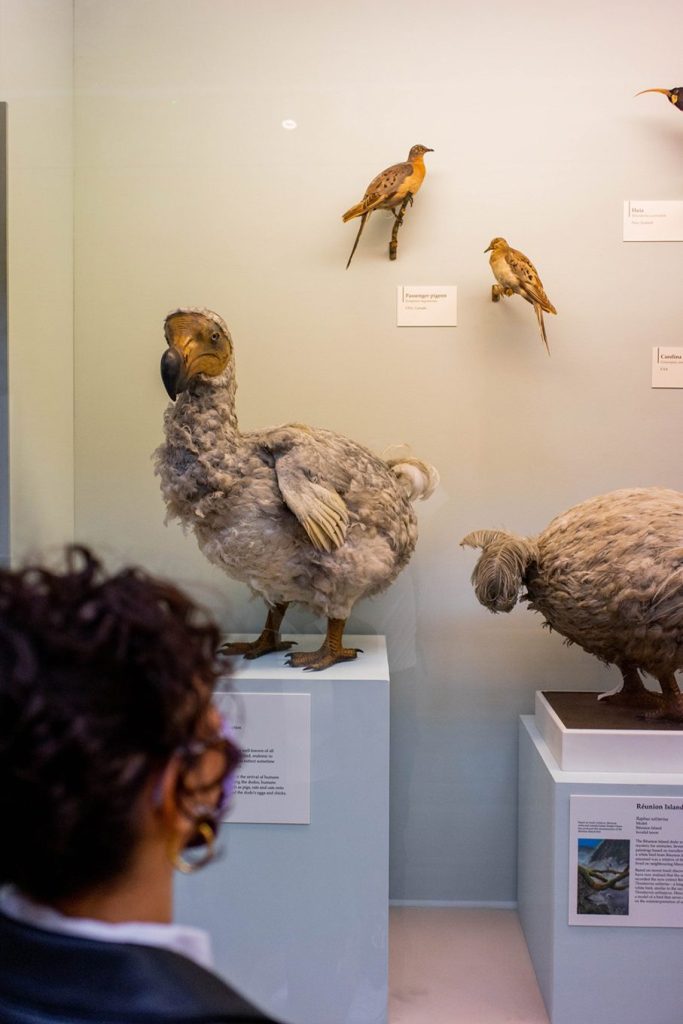
3. Science Museum
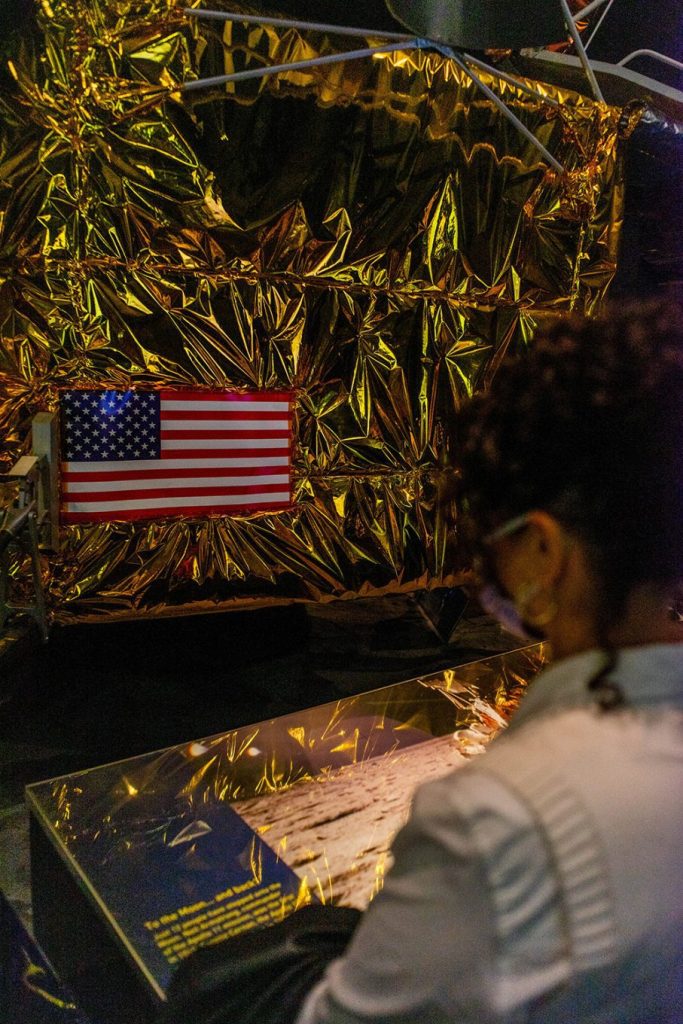
Where is the Science Museum located in London?
The Science Museum is located on Exhibition Road in South Kensington, West London. You can find it opposite the V&A.
The closest tube station to the Science Museum is South Kensington on the Circle, District and Piccadilly line and is about a 5 minute walk.
How to get free entry to the Science Museum
To get free entry into the permanent exhibitions in the Science Museum you need to book a free ticket online here. You must pick an entry time but you can stay until closing once you’re inside. Entry times can be booked every quarter of the hour from opening to closing and you get a 30 minute widow to enter from the start time of your ticket.
What is there to see in the Science Museum?
Learn about the history of space exploration, the invention of air travel, the race to create a vaccine for COVID-19 and how the industrial revolution lead to steam power becoming 75% of the energy we use every day.
The Space Gallery is where you can learn everything about human space travel. Displays include real space rockets, a full-sized replica of Eagle which is the lander that took astronauts Neil Armstrong and Buzz Aldrin to the Moon in 1969 and there’s even the actual Soyuz descent module that returned British astronaut, Tim Peake, back to Earth from the International Space Station in 2016.
The Flight Gallery explores the history of aviation from 1903 to the present. A replica of the original Wright Flyer, the first ever manned flight, can be found suspended in the air along with the actual aircraft that performed the first ever flight across the Atlantic back in 1919. Also on display is the Gypsy Moth that pilot, Amy Johnson, flew in to become the first ever woman to fly solo from London to Australia in the 1930s. Engines within the Flight Gallery include the first ever jet engine to fly in the UK and one that belonged to supersonic commercial aircraft no longer in service, the Concorde. The short timespan of this incredible collection truly makes you appreciate the power of human intelligence and invention and it’s all free to visit!
4. British Museum
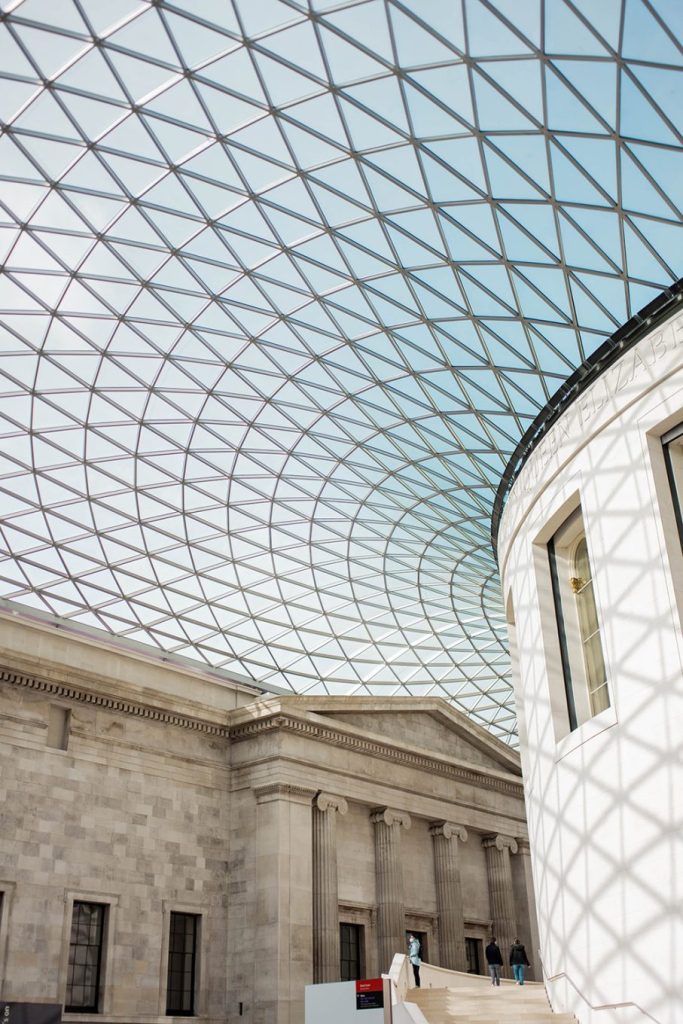
Where is the British Museum located in London?
The British Museum is located on Great Russel Street in Central London and can be found in the centre between Holborn, Russell Square, Goodge St and Tottenham Court Road tube stations.
The closest tube stations to the British Museum are Russell Square on the Piccadilly Line which is a 6min walk, Holborn on the Central and Piccadilly line which is a 7min walk, Tottenham Court Road on the Central line which is a 7min walk and Goodge St on the Northern line which is an 8min walk.
How to get free entry to the British Museum
To guarantee entry into the British Museum you should book a free ticket online but on most days you can turn up to the British Museum without a booked ticket.
Tickets can be booked for every ten minutes within the hour from open to close.
Before entering the museum there is a mandatory security check outside.
What is there to see in the British Museum?
The British Museum is the largest collection of stolen artefacts in London from Britain’s abhorrent “imperial century”. The museum currently has 8 million pieces in its possession, almost all of which are not actually on display.
I have put the British Museum on this list of free museums and galleries to visit in London because despite the irrefutable argument that the pieces should be returned to the originating countries, as it’s free to the public (and therefore not directly financially supporting the museum) it’s a great place to educate yourself on centuries of human history.
Upon your visit to the British Museum take Vice’s interactive Unfiltered History Tour. It’s an alternative tour of the museum that tells the truth behind the origin story and theft of 10 stolen artefacts currently exhibited in the museum. These pieces are from Australia, India, Iraq, Nigeria, Ghana, Egypt, Greece, Rapa Nui, Jamaica and China.
Outside of the controversy over its contents, the exterior of the British Museum is a gorgeous example of the juxtaposed architecture of the city of London, centuries old stone against contemporary structures. It can be seen all over London, particularly in Bank.
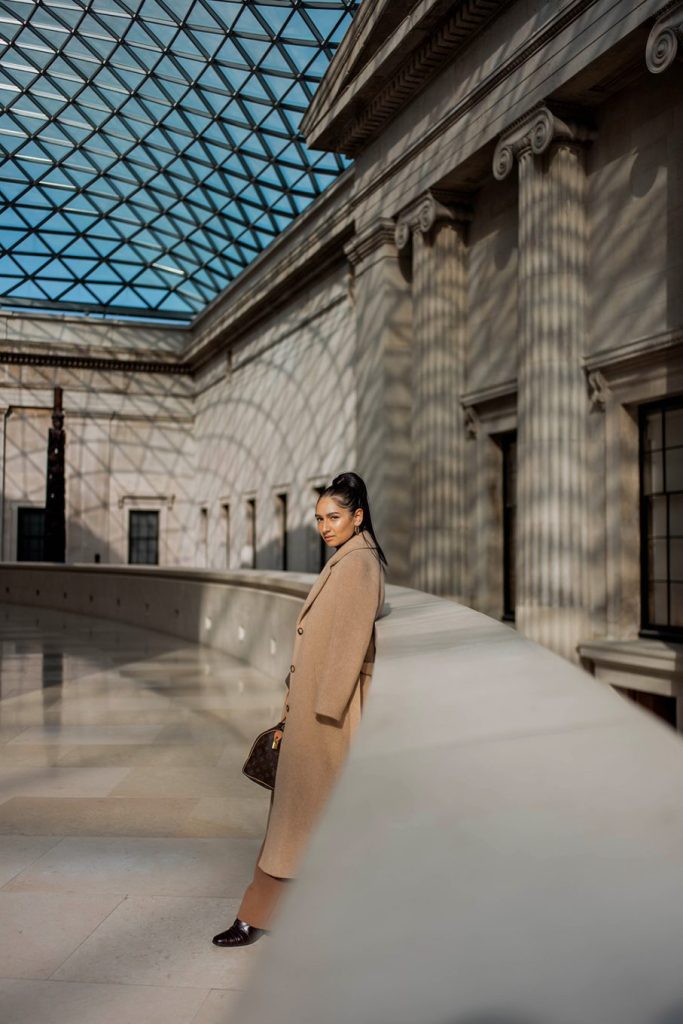
5. Imperial War Museum
Where is the Imperial War Museum located in London?
The Imperial War Museum is located on Lambeth Road in Southwark, between Lambeth and Elephant and Castle.
The closest tube station to the Imperial War Museum is Elephant & Castle on the Bakerloo and Northern lines and it’s a 10min walk.
How to get free entry to the Imperial War Museum London
You can walk up to the Imperial War Museum for free entry any day but you can guarantee your entry by booking a timed ticket for free here. Times slots cover half an hour from the hour.
What is there to see in the Imperial War Museum London?
Imperial War Museum (IWM) London is part of a collection of five museums documenting Britain’s history of warfare over land, sea and air.
Founded literally during World War I (28 July 1914 – 11 November 1918) the Imperial War Museum explores the continued influence of war on our world. It is most certainly the heaviest of museum experiences on this list of top 10 free museums and galleries to visit in London.
Though I can’t support the glorification of a particular racist, privileged leader, the Imperial War Museum London unlocks key visual aids, insights and further education for anyone studying the World Wars, particularly school children. As the living memory of these wars will very soon disappear the museum is a key source for learning about and empathising with traumas we hope to never endure.
Over 1 million items document the impact of war and conflict on people’s lives. Hear the stories of the everyday people whose lives were turned upside down as they prepared to fight for land and country with no experience in a world torn apart by conflict.
The Imperial War Museum has the largest collection of Victoria and George crosses, awarded for bravery both in and out of war.
Permanent exhibitions include World War I, World War II and the Holocaust.
6. Tate Modern
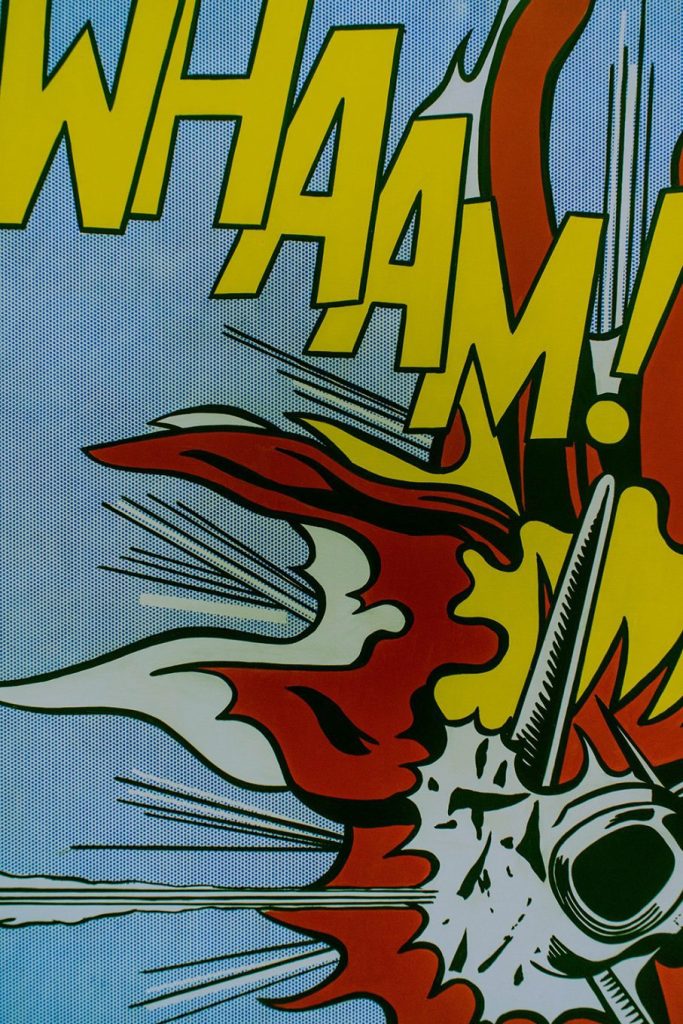
Where is Tate Modern located in London?
The Tate Modern is located along the River Thames in the Bankside area of Southwark on the south end of the infamous Millennium Bridge.
The closest tube stations to Tate Modern are Blackfriars on the Circle and District lines which is an 8min walk, Southwark on the Jubilee line which is a 9min walk and London Bridge (super close to Tower Bridge) on the Jubilee and Northern lines which is a 13min walk.
How to get free entry to Tate Modern
Entry to the main galleries of Tate Modern are free and no ticket is required. Enter via the Turbine Hall ramp or the Blavatnik Building.
What is there to see in Tate Modern?
Tate Modern is Britain’s national gallery of international modern art and is one of the largest in the world. It’s located within the former Bankside Power Station and with credit to the 325ft chimney, it is an iconic landmark along the River Thames.
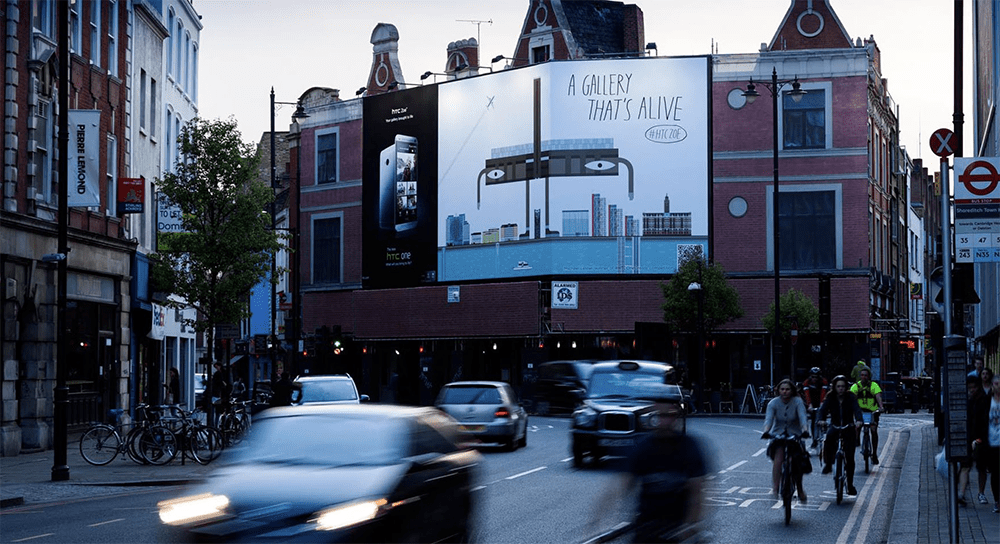
One of the greatest things about modern art is its ability to spark debate over creative ability and direction. The “I could have done that” being the most common argument to echo through the Turbine Hall since the day Tate Modern hung its first piece. Spatial Concept ‘Waiting’ (originally titled Concetto spaziale ‘Attesa’) by Lucio Fontana is a key piece to ignite this conversation.
Marvel at pieces by Warhol, Picasso, Kusama, Pollack and Matisse. Debate weather you’re getting wine or blood from Twombly, fall in love with Rodin’s The Kisss (one of three) and don’t forget to stop by Roy Lichtenstein’s Whaam!. Tate Modern is particularly good at encouraging and illuminating conversations around diversity in art. Discover queer & art, Black identities & art, women & art, disability & art, migration & art and more here.
The Tate Modern is an incredible museum to visit for all as their accessibility is diverse and inclusive. There’s coloured overlays and magnifiers available for dyslexic and visually impaired visitors, ear defenders can be borrowed from the Ticket desks for people with Autism, a quiet room is available for neurodiverse people, communication cards are available to borrow to show staff members to help with non verbal communication (created by autistic artist, Anna Farley) and BSL interpretation, captioning and audio descriptions are also offered where possible. You can find further accessibility information here.
7. Tate Britain
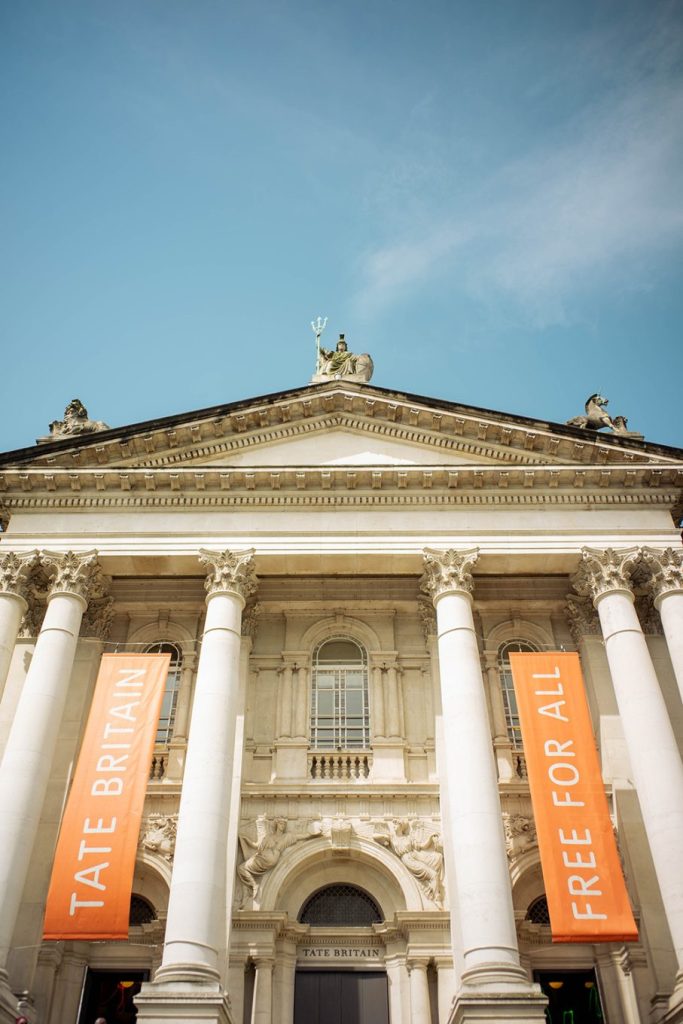
Where is Tate Britain located in London?
Tate Britain is located in Millbank along the River Thames, it’s about a 20 minute walk from famous London landmarks, Buckingham Palace, Westminster Abbey and Big Ben.
The closest tube station to Tate Britain is Pimlico on the Victoria line and is a 8min walk.
How to get free entry to Tate Britain
No entry ticket is required to get free access to Tate Britain. The main entrance faces the River Thames and the accessible entrance is on Atterbury Street.
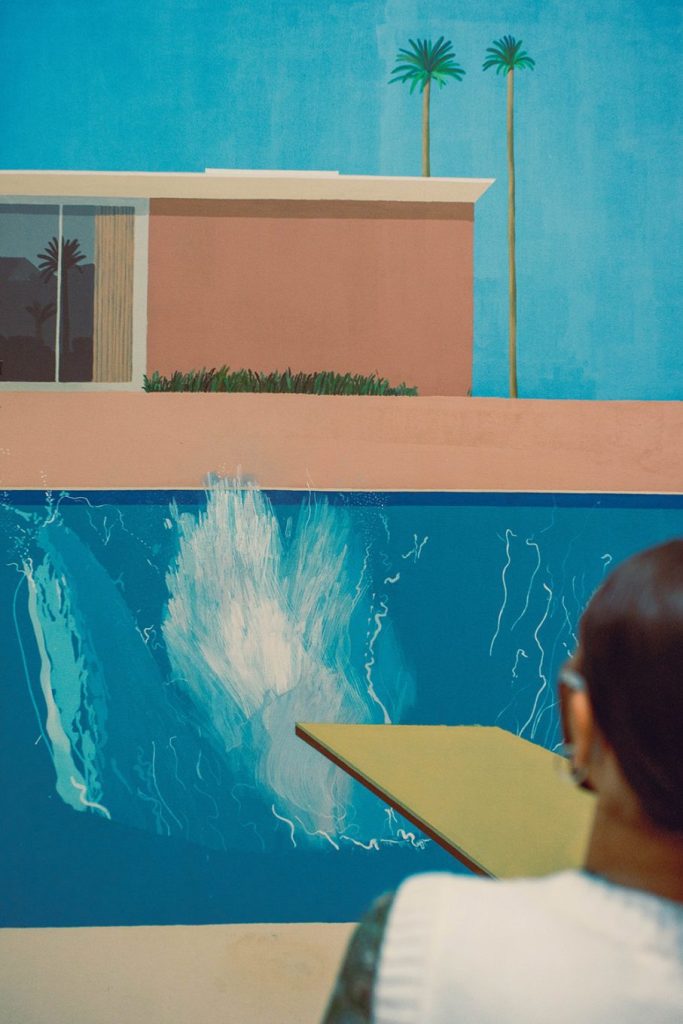
What is there to see in Tate Britain?
There are four main galleries exploring 500 years of British art that are free to visit in Tate Britain in London.
Tate Britain has the largest free collection on display of JMW Turner, known now as the “father of modern art”, it is he whom the prestigious Turner Prize is named after. See some of his most celebrated work such as Snow Storm – Steam-Boat off a Harbour’s Mouth in room 35 and The Dogano, San Giorgio, Citella, from the Steps of the Europa in room 37.
There’s two rooms dedicated to pieces by sculptor Henry Moore, in room 3 you can see the work of William Hogarth and Thomas Gainsborough, room 12b has Edgar Degas and Gwen John and I’m pretty sure there’s some pieces by Lucian Freud knocking around too.
My personal favourite piece to view in Tate Britain is A Bigger Splash (1967) by David Hockney.
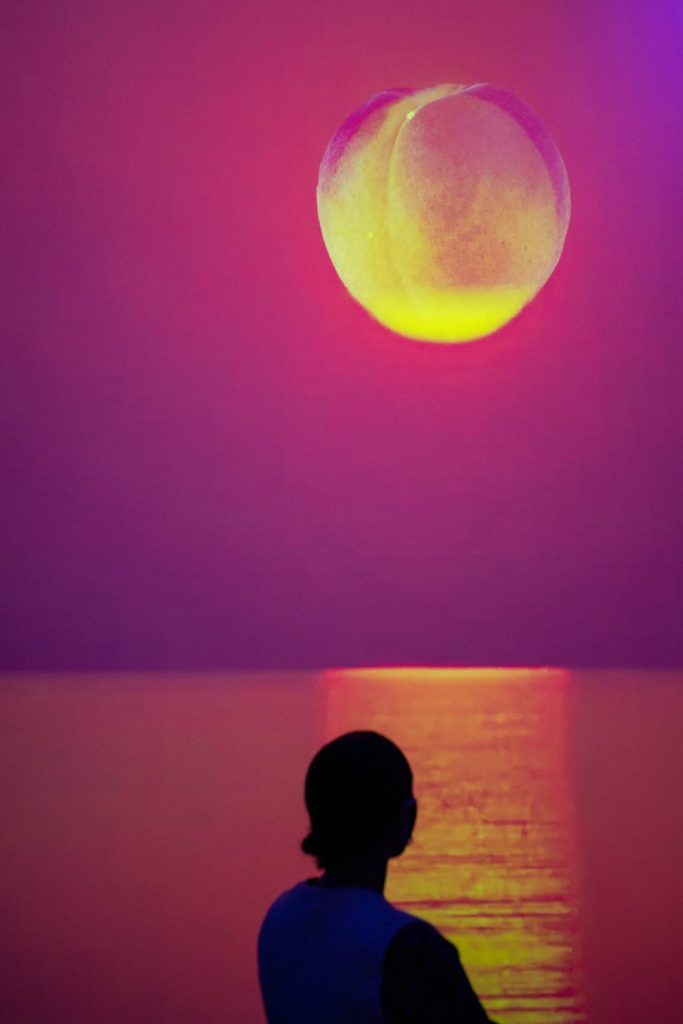
8. The National Gallery
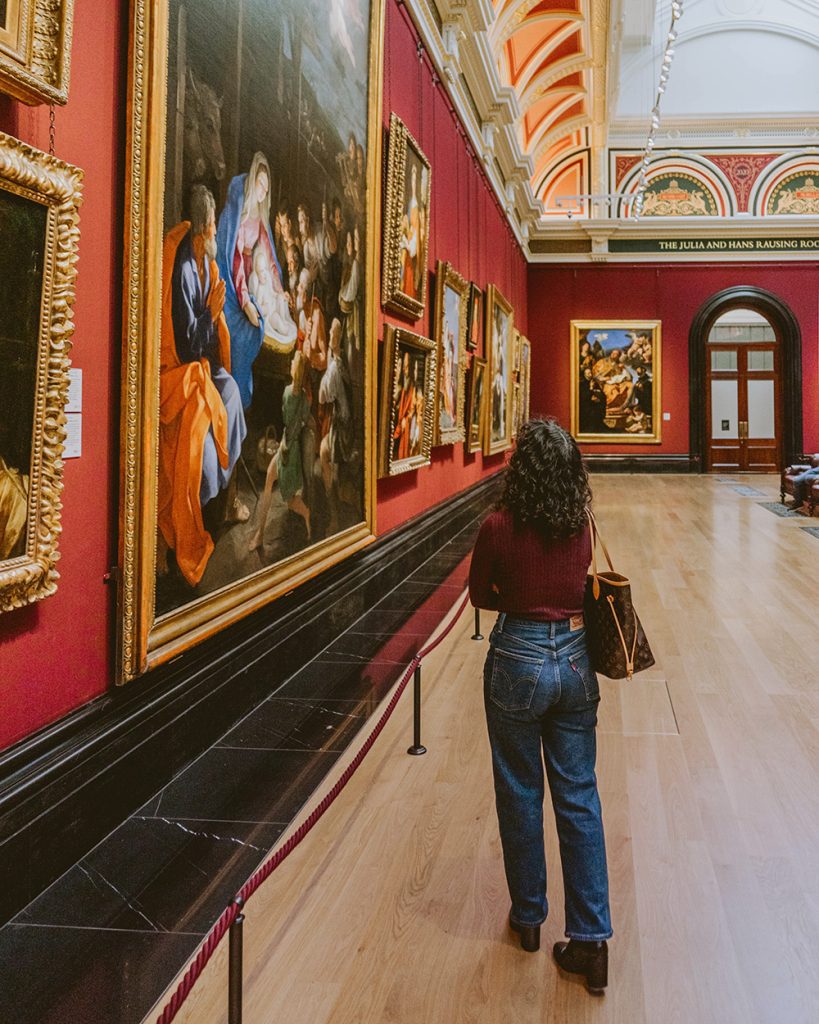
Where is the National Gallery located in London?
The National Gallery is located in one of the most famous landmarks in London, Trafalgar Square.
The closet tube stations to The National Gallery are Leicester Square on the Northern and Piccadilly lines which is a 4min walk and Piccadilly Circus on the Piccadilly and Bakerloo lines which is a 5min walk. By train is Charing Cross on the southeastern line which is a 4min walk.
The main entrance is up the steps in Trafalgar Square and there’s step-free access via the Getty entrance on the east side of Trafalgar Square.
How to get free entry to the National Gallery
You do not need to book a ticket to the National Gallery in London, you are free to walk in.
What is there to see in the National Gallery?
This 200 year old art gallery is home to centuries of paintings by some of the most accoladed painters in the world.
When paying a visit to The National Gallery it is wise to not make further plans until supper. Some of the incredibly ornate galleries within the National Gallery will have you sitting in contemplation until time escapes you. Lose yourself within dramatic scenes of emotional exuberance or at the very least admire the deliciously-decorative gilded frames these works of art lay within.
Georges Seurat’s Bathers at Asnières can be found in room 43, Thomas Gainsborough’s Mr and Mrs Andrews is in room 35, Rembrandt’s Self Portrait at the Age of 34 is in room 22 and Leonardo Da Vinci’s The Virgin of the Rocks is in room 9.
Perhaps one of The National Gallery’s most famous pieces, Sunflowers by Vincent Van Gogh, can be found in room 43.
There’s also some highly celebrated paintings by Constable, Turner and Michelangelo.
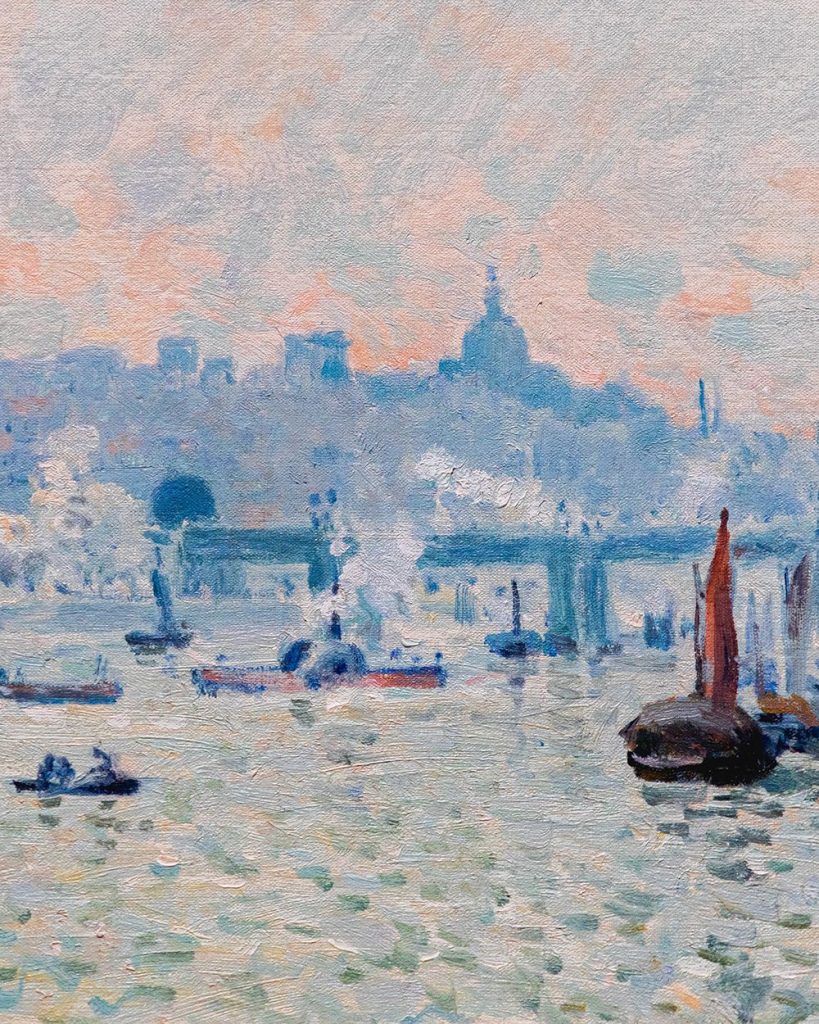
9. National Portrait Gallery
Where is the National Portrait Gallery located in London?
The National Portrait Gallery is located in St Martin’s Place, behind the National Gallery.
The closet tube stations to The National Gallery are Leicester Square on the Northern and Piccadilly lines which is a 3min walk and Piccadilly Circus on the Piccadilly and Bakerloo lines which is a 6min walk. By train is Charing Cross on the southeastern line which is a 3min walk.
The main entrance is at Ross Place and has step-free access.
How to get free entry to the National Portrait Gallery
There is a limited amount of walk-up admissions available each day but to guarantee entry you need to book a free ticket to get free access to the National Portrait Gallery in London. Tickets are available in 15 minute time slots from the hour.
What is there to see in the National Portrait Gallery?
The National Portrait Gallery in London closed temporarily between June 2020 and June 2023 for a complete renovation. Approximately £35.5m has been spent on the century-old building to create a new entrance, forecourt and learning centre and they’re reopening the east wing.
The highly anticipated return of the National Portrait Gallery in London (22nd June 2023), will see the largest collection of portraits in the world back on public display.
Over 220,000 prints, paintings, sculptures, drawings, photographs and more span centuries dating back to Tudor and Elizabethan periods to present day portraits. Anyone who’s anyone has or has had a portrait in London’s National Portrait Gallery and you can see them all for free.
10. Royal Academy of the Arts
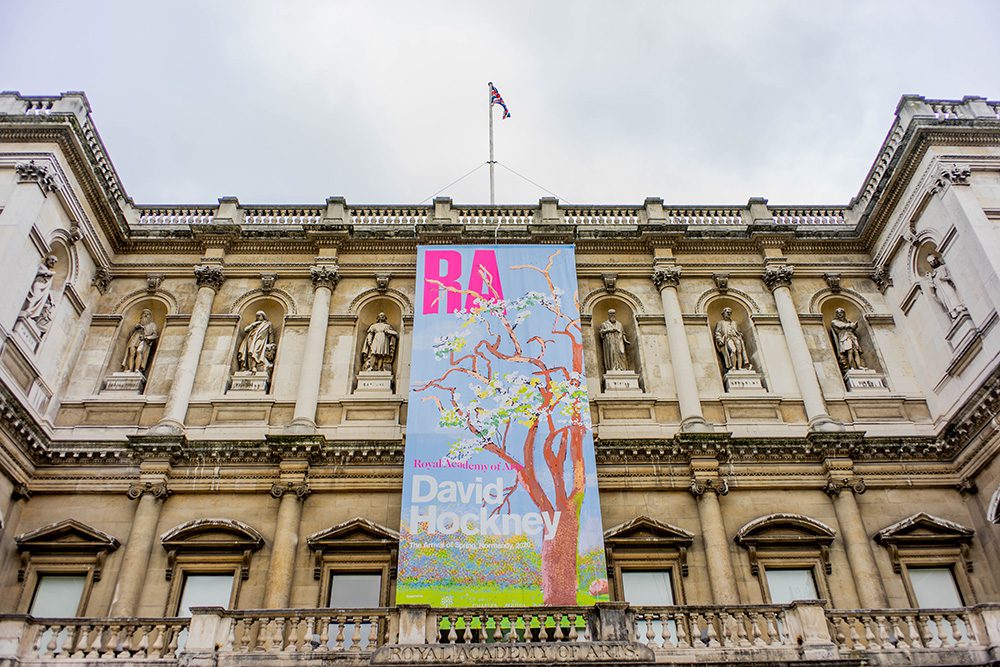
Where is the Royal Academy of the Arts located in London?
The Royal Academy of the Arts is located in Burlington House on Piccadilly, opposite the best tea shop in London, Fortnum & Mason.
The closest tube stations to the Royal Academy of the Arts are Green Park on the Jubilee, Victoria and Piccadilly lines which is a 4min walk and Piccadilly Circus on the Bakerloo and Piccadilly lines which is a 6min walk.
How to get free entry to the Royal Academy of the Arts
Free entry to the Royal Academy of the Arts does not require a ticket unless you are visiting their paid exhibitions.
What is there to see in the Royal Academy of the Arts?
The Royal Academy of the Arts galleries mostly hold paid exhibitors but there is a small permanent collection that is free to the public. The free collection has a sixteenth century copy of Leonardo Da Vinci’s painting, Last Supper. The copy is said to have been painted between 1515 and 1520. The original, painted directly onto the wall of Santa Maria delle Grazie in Milan has significantly deteriorated since it was originally painted by Da Vinci in 1498 so this copy allows you to see details now missing whilst getting much closer than possible to the original.
Stop for a coffee or glass of wine in the Poster Bar on the first floor of Burlington Gardens, the bar area has a backdrop of old Royal Academy of the Arts exhibition posters and is a gallery in itself.
This list of my top 10 free museums and galleries to visit in London is just the start of free museums and galleries that you can visit in London. There’s also so many beyond the ones with free entry that should also be visited, The Fashion and Textile Museum near Tower Bridge, Southbank Centre along the Thames, Saatchi Gallery in Chelsea and The Barbican Centre are just a few examples of amazing galleries and museums across London.
If you have any others to add to the list or perhaps you visit any of these 10 free museums and galleries to visit in London, I’d love to hear what you thought in the comments below!
Do more on & for the planet, Gabriella



